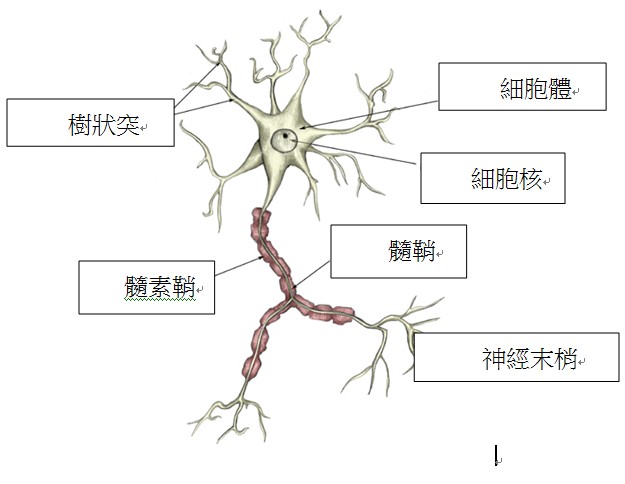

What is motor neuron disease?
The function of motor neurons is to transmit information from the brain and spinal cord to the muscle tissues of the whole body to complete various muscle activities.
Motor neuron is divided into upper motor neuron (Upper Motor Neuron) and lower motor neuron (Lower Motor Neuron). The upper motor neuron is located in the brain, while the lower motor neuron is located in the brain stem and spinal cord.

Types of causes for Motor Neuron Disease
Motor neuron disease is a rare disease, the cause of which is currently unknown. There are three main types of this disease, depending on which nerves are involved:
- Spinal amyotrophic sclerosis (Amyotrophic Lateral Sclerosis, ALS)
- Progressive Muscular Atrophy (Progressive Muscular Atrophy)
- Bulbar Palsy
Symptoms of Motor Neuron Disease
There are no obvious symptoms in the early stage of the disease and it is not easy to find. In fact, patients will feel tired in the early stage, and gradually find that they cannot bend their fingers and make a fist; then, after a while, they will have difficulty speaking, slurred speech and difficulty swallowing.
Motor neuron disease only affects the motor nerves but not the sensory nerves, so most patients do not experience numbness and stinging feeling in the hands or feet.
Symptoms of damaged upper and lower motor neurons:
1. Injury to lower motor neuron:
Usually there is a problem with the tongue muscles. Tongue muscle atrophy and tremor appear, then the palate, pharynx, laryngeal muscles and masticatory muscles are weak, and the patient cannot speak clearly and has difficulty swallowing.
2. Damage to the upper motor neuron:
Usually the limbs are weak and the movements are slow
3. Damage to the upper and lower motor neuron:
Usually the hand muscles are weak, and symptoms of atrophy appear, starting from one hand and then extending to the other hand.
Diagnose of motor neuron disease:
It is difficult to diagnose at the beginning of the disease, and it is easily confused with cervical spondylosis. However, for the time being, there is no test to directly detect MND, most of which are diagnosed based on symptoms, neurological reflex examination, and exclusion of other diseases.
Secondly, the muscle current test (EMG) can be used, which stimulates the muscle and then measures its strength; or can take a muscle biopsy, the patient is locally anesthetized, and then a small piece of muscle can be taken and examined under a microscope.
Treatment of motor neuron disease:
There is no cure for MND. Currently, most patients take a drug for treating atrophic lateral sclerosis (ALS), but this can only delay the condition for several months. Stem cells have made a great contribution to medical research, scientists have reported that human embryonic stem cells have been successfully differentiated into motor neurons in experiments, which can heal the damaged nervous system of humans in the future. However, before effective treatments appear, only care and support can be given to patients.

 Book an Appointment
Book an Appointment


